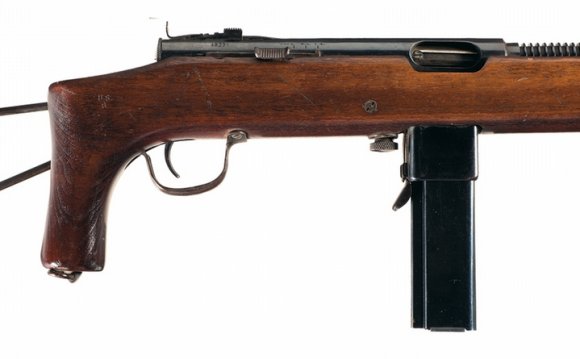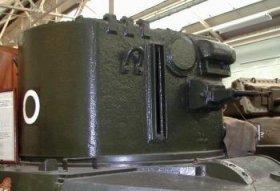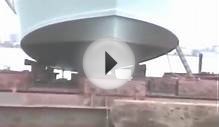
 It might have been the greatest lost weapon of World War II. Major-General JFC Fuller, the man credited with developing modern armored warfare in the 1920s, called failure to use it "the greatest blunder of the whole war." He even suggested that British and American tank divisions could have overrun Germany before the Russians — if it had been deployed, that is.
It might have been the greatest lost weapon of World War II. Major-General JFC Fuller, the man credited with developing modern armored warfare in the 1920s, called failure to use it "the greatest blunder of the whole war." He even suggested that British and American tank divisions could have overrun Germany before the Russians — if it had been deployed, that is.
I’ve been looking at a new range of strobing weapons, which use flickering lights to subdue criminals and insurgents. But it turns out that the disorienting power of such lights was discovered decades before.
The secret weapon Fuller was referring to was the Canal Defence Light — a powerful searchlight mounted on a tank, with a shutter allowing it to flicker six times a second. The 13-million candlepower searchlight — intended to illuminate the battlefield and dazzle the enemy — was described in a fascinating article on the CDL Tanks of Lowther castle:
The angle of the beam dispersion was 19 degrees which meant that if the CDL tanks were placed 30 yards apart in line abreast, the first intersection of light fell about 90 yards ahead and at 1000 yards the beam was 340 yards wide by 35 feet high. This formed triangles of darkness between and in front of the CDL’s into which could be introduced normal fighting tanks, flame-throwing Churchill Crocodiles and infantry.
A further refinement was the ability to flicker the light. On the order given for ‘Scatter’, an armour plated shutter was electrically oscillitated back and forward at about six times a second. When first produced it was thought that this flicker effect (similar to the modern disco strobe lights) would have a damaging effect on the eyes of any observer and might cause temporary blindness.
It was the flickering aspect that made the CDL special. The makers found that when it was employed, it was impossible to locate the vehicle accurately. In one test, a CDL-equipped vehicle was driven towards a 25-pound anti-tank gun. Even as it closed from 2000 yards to 500 yards, the gunners (firing practice rounds, one assumes) were unable to hit the tank. When asked to draw the route taken by the CDL tank, the observers drew a straight line, while in fact the tank had been crossing the range from side to side.
Spraying the area with machine-gun fire would not work either; the armored reflector of the searchlight kept functioning, even after being hit repeatedly.
Although the CDL did not have the kind of disabling effect that the light-based personnel immobilization device currently being developed by Peak Beam for the US Army has, the type of disorientation seems quite similar. If it had been used at much closer range then more dramatic effects — dizziness, loss of balance and the infamous nausea — might also have been observed. However, with its mechanical shutter, the technology was much more primitive than the strobing Xenon light developed by Peak Beam. It produces a ‘squarer’ pulse and is significantly more effective than earlier strobes.
RELATED VIDEO












